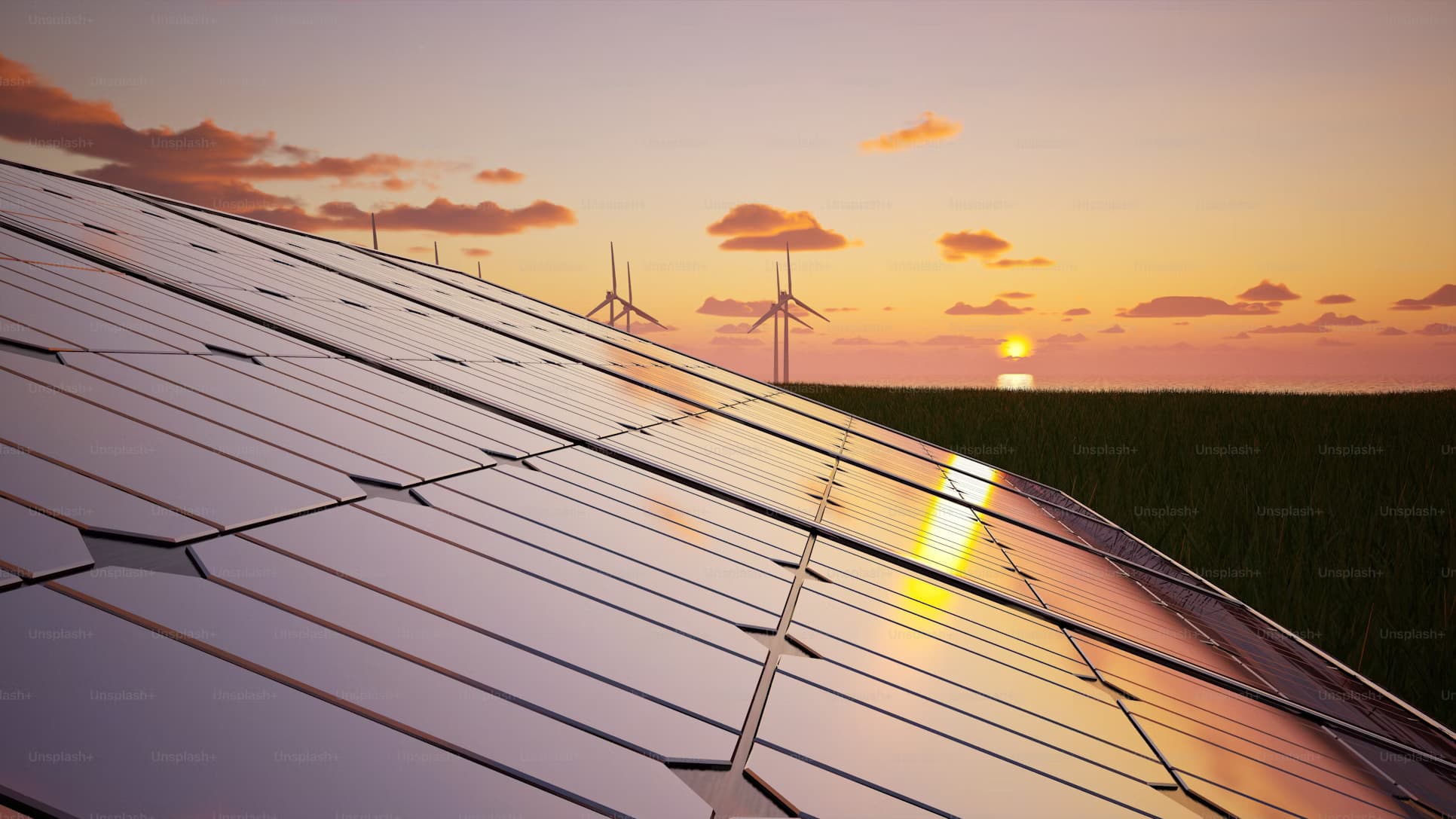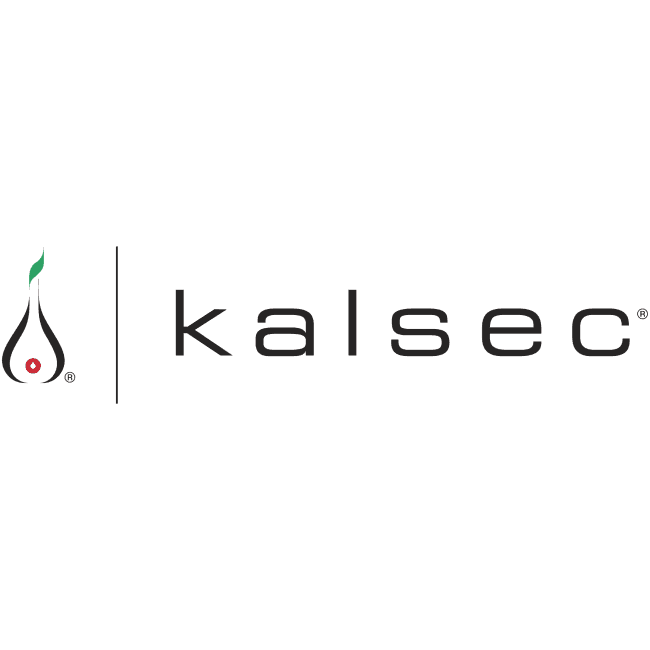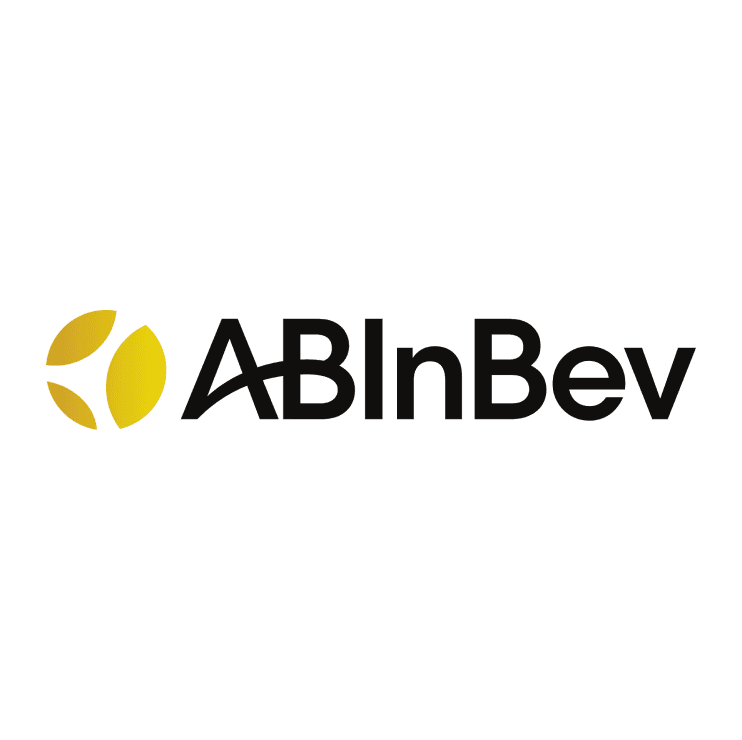
Create additive renewables within grid
 Kalsec
Kalsec AB InBev
AB InBevSummary
Kalsec enrolled in its energy provider's Large Customer Renewable Energy Program; in 2028, half of the primary site’s yearly electricity will come from in-grid utility scale renewable sources.
Context
This case study is part of decarbonization best practices shared with AB InBev Eclipse sustainability program’s community. Discover more about the Eclipse program here.
Kalsec, Inc. is a global company providing food and beverage ingredients, based in the USA. Kalsec has made a public commitment to a 55% reduction in its Scope 1 and Scope 2 emissions by 2033. In support of reducing emissions and increasing its use of renewable energy, new construction projects at the company's main campus have included rooftop solar panels. While these investments have positive financial returns, the energy generated by these installations is less than 2% of the site's overall electricity usage. To significantly reduce the company's Scope 2 emissions footprint through renewable energy, utility scale infrastructure is necessary. The company is now actively pursuing opportunities to collaborate with outside partners and bring to market projects which can offer meaningful reductions in carbon emissions.
Solution
Over the past year Kalsec and its utility provider, Consumers Energy, engaged in discussions on a program designed for industrial utility customers to make a multi-year commitment to subscribe to power generated by to be built, utility scale, renewable energy infrastructure. This subscription then allows the utility to size and construct facilities which, with regard to Kalsec's commitment, are anticipated to come online in 2028. Kalsec committed to this program in September of 2024, and will pay a rate based on 50% of its overall energy usage. Consumers Energy is now in the process of siting and constructing renewable energy facilities which will generate electricity in 2028. Part of this electricity - 50% of Kalsec's headquarter's anticipated demand - will be attributed to Kalsec, with a corresponding reduction of Kalsec's Scope 2 emissions.
Impact
Sustainability Impact
Climate
Kalsec is using 2022 as its baseline year for its SBTi short term Scope 1 and Scope 2 emissions target: a 55% reduction in total emissions by 2033. In 2022, Kalsec had total Scope 2 emissions of 7,873 MT CO2e, 5.974 MT CO2e of which were attributable to its operations in Michigan. By collaborating with its local utility, the company will avoid, on an annual basis, 2,639 MT CO2e, representing a 33.5% reduction in its global Scope 2 emissions, and a 13.7% reduction in its total Scope 1 and Scope 2 emissions from baseline.
Nature
The company's utility provider is currently in the process of a clean energy transition, and has plans approved at the state level to shift power generation away from carbon-emitting fuel sources while quickly expanding renewable energy resources. By partnering with industry and creating future demand for clean energy, the company and other companies willing to commit are allowing consumers to completely phase out coal generation by 2025, 15 years ahead of initial projections. Furthermore, this program supports the initiative to generate more than half of electrical capacity in the local grid with renewable resources by 2040.
Social
The company's participation in this program aids utility providers in their aim of increasing renewable energy production and accelerating the retirement of in grid coal plants. Accelerated retirement of coal plants will in turn reduce carbon dioxide emissions and also reduce criteria pollutions such as sulfur dioxide, nitrogen oxides, mercury, and particulate matter. Significant reductions will also be seen in regard to water consumption and production of coal ash waste. Adding in grid power generating resources will also reduce the amount of energy that the local utility needs to source from outside the region, reducing potential energy price volatility.
Business impact
Benefits
Impact on the business from a financial standpoint will hinge on energy prices in the coming years. If energy prices remain flat, the program will be cost neutral. If energy prices increase at an expected 5% per year over the course of the next 8 years, Kalsec can expect to see a 10% reduction in its electrical costs at its main headquarters. Further, beyond the cost savings, the percentage of reduction in localized Scope 2 emissions at headquarters (by 50%) will be a powerful message to internal stakeholders ( employees and shareholders) as well as external stakeholders (community, suppliers, and customers).
Costs
The subscription cost represents about 1/3 of average electrical cost, however, this subscription cost will be offset by the value of the energy generated by the associated renewable energy and sold to the grid. In a flat energy market it is expected that the credits the company receives for energy generated by the facility will offset the underlying subscription cost and the program will be break even. In a market with increases to energy prices it is expected that the company will enjoy a positive return for the program, starting at an anticipated return of $5,000 in 2028 and $80,000 in 2037.
Indicative abatement cost
The abatement cost will largely depend on energy prices in the market. In a market with expected price increases, it is anticipated that this initiative will have a negative abatement cost.
Impact beyond sustainability and business
Co-benefits
Internally this program will demonstrate that Kalsec is taking action to support the public commitments it has made in regard to carbon reduction. Further, the commitment supports in grid renewable energy facilities and will improve the sustainability and diversification of the energy portfolio within region.
Potential side-effects
From a regional perspective, building renewable energy within the grid will create some disruption associated with the loss of jobs attendant with shutting down legacy coal powered plants. Opportunities will be available for training along with positions supporting renewable energy facilities, and is expected that some of the losses of jobs will be offset by the creation of new jobs. Additionally, large scale renewable projects like wind or solar farms draw land-use criticisms. Deliberate educational outreaches and thoughtful siting of facilities can help address some of the issues raised in these critiques.
Implementation
Typical business profile
Manufacturing operations whose carbon footprint has a significant portion derived from purchased electricity would be good candidates for programs of this type. Further, a collaborative utility with carbon emissions targets is a necessary partner, particularly one that proactively works with industry to identify and finance potential demand. Companies that have publicly committed to emissions reductions and whose shareholders, board, and management team support such initiatives will also find programs of this type particularly relevant.
Approach
Many utilities, public and private, and working to transition to renewable energy resources. This transition will require partnership with industry. At the outset, utilities may need input and support from industry as they work with regulatory bodies and allocate fiscal resources to a transition. At the outset of implementation, industry should make commitments that align to their stated intentions of decarbonization such that demand for renewable energy is consistent and reliable. This demand will allow for investment in technology and resources such that renewable energy infrastructure is not only beneficial for the planet, but beneficial for businesses bottom line and energy stability. Industries that are significant energy users should have internal functions that are actively in dialogue with utility providers to encourage and support the development of a green grid.
Step-by-step approach:
Identify an internal or external resource to lead an investigation of available sustainable energy.
Contact local utility account manager to inquire about programs available for your facility.
Summarize energy demand that would qualify for available programs.
Develop financial model to evaluate risk/reward of several market scenarios.
Compare cost/benefit of investment compared with other options available to reach GHG reduction goals.
Present to leadership for commitment of financial resources.
Stakeholders involved
Internal Stakeholders
This project was led by Kalsec's executive leader with responsibility for sustainability reporting and its Senior Energy Manager. For the Senior Energy Manager, the individual holding this role has historically been the lead for facilities management and special projects oversight. In 2024, the role of Senior Energy Manager was created, with the job having global responsibility for the company's energy program, with initiatives on the generation side (e.g. renewables) and on efficiency measures. Other stakeholders included:
Manufacturing leadership (as the primary user of electrical power)
Finance department (which ran detailed analyses of the economic performance of renewable energy long term, in varying market conditions).
External Stakeholders involved
The primary external stakeholder involved was Consumers Energy, the utility company that serves a significant portion of Michigan, where Kalsec is headquartered. Consumers Energy, along with the other primary utility in Michigan, DTE, worked with regulatory officials to design and implement the large scale renewable energy program, and then actively sought out large scale utility users to sign up and help facilitate the utilities statewide commitment to constructing renewable energy assets. Over the course of discussions, Consumers Energy helped Kalsec in terms of understanding program design and provided market data to help the company assess the financial performance of the program as compared to other alternatives. Also involved was the local economic development association, Southwest Michigan First, which brought together other private companies and large institutions (e.g. universities, municipalities) to discuss implementation of the program.
Key parameters to consider
The feasibility and environment for siting and constructing renewable energy facilities in grid is an important parameter to consider in signing up for future supply. Michigan has recently taken legislative action to facilitate renewable energy projects, greatly increasing the capacity for additional resources coming on line. It is key that participants cultivate a collaborative and open dialogue with their utility so as to understand past costs and future economic incentives in such a way that business can make informed decisions about emissions reductions initiatives and identify and the financial impact of such programs.
Depending on each situation, a realistic timeline of implementation is 12-24 months. In company's circumstance:
Setting of SBTI targets - July 2023
Initial communications with and presentations by local utility - November 2023
Consideration of several GHG reduction projects - December 2023 - June 2024
Focus on evaluation of utility renewable energy program - June / July 2024
Financial model developed and presented to leadership - August / September 2024
Agreement finalized and signed with local utility - September 2024.
Note: this timeframe does not include the time for siting and constructing the additive renewable energy. It is anticipated that this will take another 1-3 years. In Kalsec’s case, the facility will come online in 2028.
Implementation and operations tips
Clear communication around emissions reductions targets along with thorough financial analysis of renewable energy programs and their alternatives (e.g. doing nothing; constructing a captive renewable energy facility; purchasing renewable energy credits, etc.) both allow for informed decision making at the board and management level. A base level of understanding of the energy market as well as price trends are also helpful in reviewing alternatives.